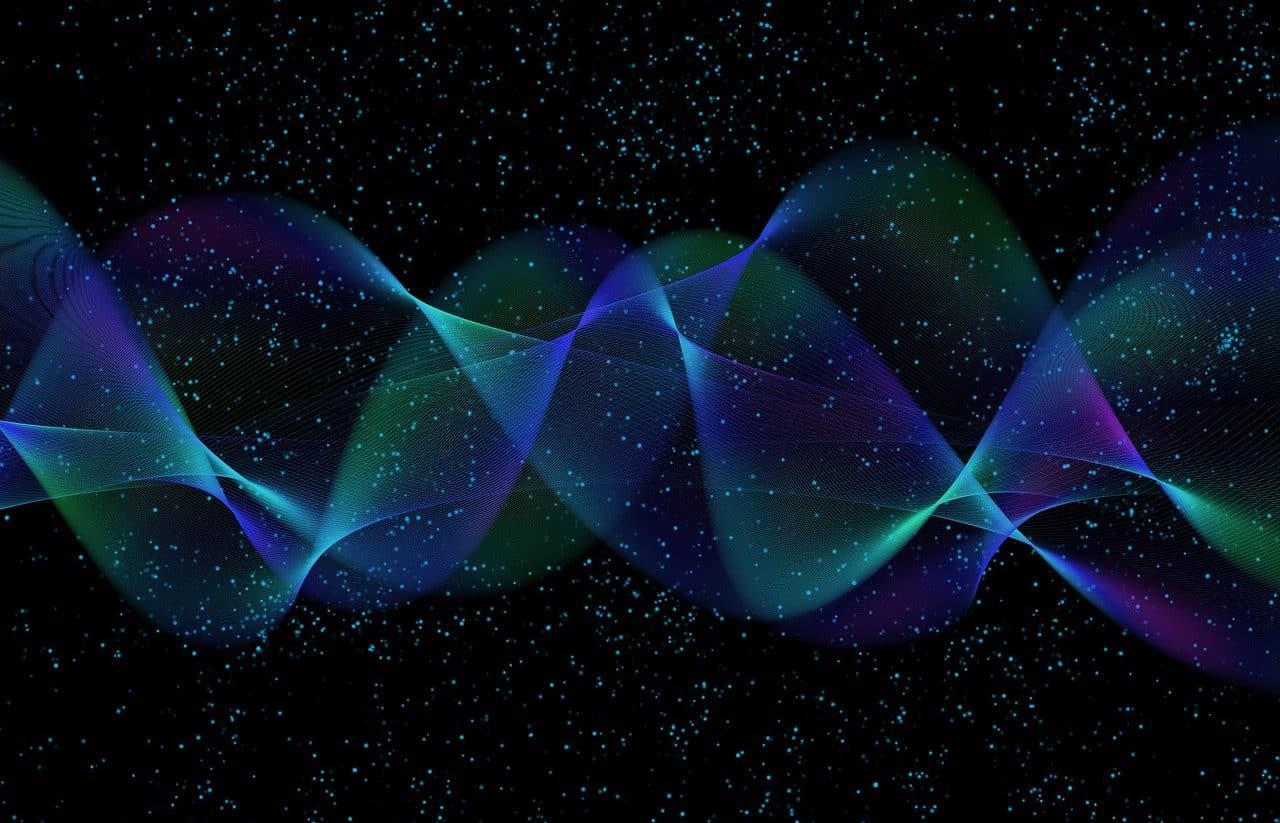
The multiverse is addressed by quantum physics and other sciences.
Multiverse is a concept that refers to the set of parallel universes that, according to various hypotheses, coexist alongside ours. Scientists believe that the multiverse contains everything that has physical existence : from all forms of energy , matter and momentum to all time and space, along with the constants and laws that regulate its operation.
The multiverse theory points out the possibility that the universe we know and live in is just one of many. The others would be beyond the observable universe : that is why, at least for the moment, they are undetectable and unattainable for human beings.
Among the various hypotheses that allude to the multiverse, possible bubble universes that are constantly generated and different spatial regions that are on different planes than our universe are mentioned. Lacking evidence of their existence, these alternative universes can only be assumed, predicted or predicted by science.
History of the multiverse concept
The American psychologist and philosopher William James (1842 – 1910 ) was the one who coined the term multiverse in 1895 . However, from fiction and philosophy , the possible existence of other universes had already been alluded to previously.
In the tradition of Hinduism , for example, the Brahmanda-purana already included mentions of multiple universes . Edgar Allan Poe also did it in a poem he published in 1848 .
In the case of James , his contribution was to indicate that we are surrounded by millions of parallel universes , which transcend our visual horizon. The union of this enormous number of simultaneous universes would form what he called the multiverse.
Theory Explanation
The theory of the multiverse emerged, at a scientific level, starting from the lack of information: there are characteristics of our universe that cannot be explained from physics if it existed alone.
Reality has independence from the human being. In this context, scientists maintain that the space-time that we know is not the only real thing, but that there must be other hitherto unknown dimensions.
In this way, they began to describe different possible scenarios and that is where the possibility of the existence of multiple universes that make up a multiverse comes into play. Among the ideas that give rise to the appearance of the multiverse is cosmic inflation .

The existence of the multiverse contemplates that there may be an alternative reality in another dimension.
Cosmic inflation and the multiverse
Inflationary cosmology is associated with the Big Bang Theory . It is believed that, in the moments immediately following the big explosion, the universe expanded exponentially. Continuing along this line, said inflation could occur constantly, which would imply that infinite universes could be created that would function as a kind of bubble. The laws of physics, likewise, could be different in each of the bubbles.
Proponents of the bubble multiverse consider the possibility of a collision between some of the universes. However, they consider it more likely that the clashes occurred at the beginning of the multiverse, since cosmic inflation now makes this encounter more difficult.
Coexistence of different dimensions
Another theory linked to the multiverse alludes to the coexistence of different dimensions that cannot meet . This would allow parallel universes to exist without being able to know each other.
String theory is the pillar of this multiverse proposal. This set of postulates states that subatomic particles are vibrational states of a filament, present in an eleven-dimensional space-time.
Gravity, in this theoretical approach, is a relatively weak force that is assimilated to an elementary particle called graviton . By introducing the graviton as a particle (a mode of vibration) belonging to the boson group, different calculations were completed that led to the advancement of string theory, considered a theory of everything .
The graviton would be able to cross membranes that house up to five universes each, losing strength as it moves. That is why we talk about a multiverse of membranes .

In the multiverse it would be possible to travel through time and discover an alternate past.
The multiverse and black holes
There are theories of the multiverse that, although they have a scientific starting point, are currently closer to science fiction due to the lack of empirical evidence and verifiable demonstrations.
One of them refers to the possible copies of our universe where events occur in different ways, generating an alternative reality . There are those who say that you can travel between these universes thanks to portals that appear both in outer space and on Earth .
It is even claimed that black holes could be these portals. For astronomy , a black hole is a space region with a very high concentration of mass. This causes it to produce a gravitational field from which neither particles nor radiation can escape. Such black holes, in turn, would emit a special kind of radiation ( Hawking radiation ).
Tegmark levels
The Swedish cosmologist Max Tegmark structured the multiverse into different levels, each one being an expansion of the preceding one.
The Level I multiverse is linked to cosmic inflation and contains an infinite number of Hubble volumes. The level II multiverse is associated with eternal inflation, while the level III multiverse is mentioned as a quantum multiverse since it arises from interpretations made by quantum mechanics. The level IV multiverse , finally, contemplates that all mathematical structures have a physical correlate.
It should be considered that the higher the multiverse level, the greater the differences with our universe. While in the level I multiverse the divergences are given by the initial conditions, in the level IV multiverse other physical laws already govern.
